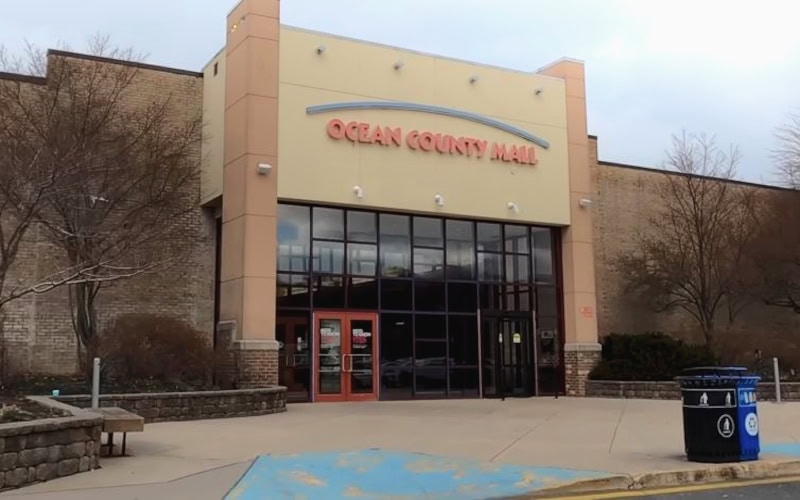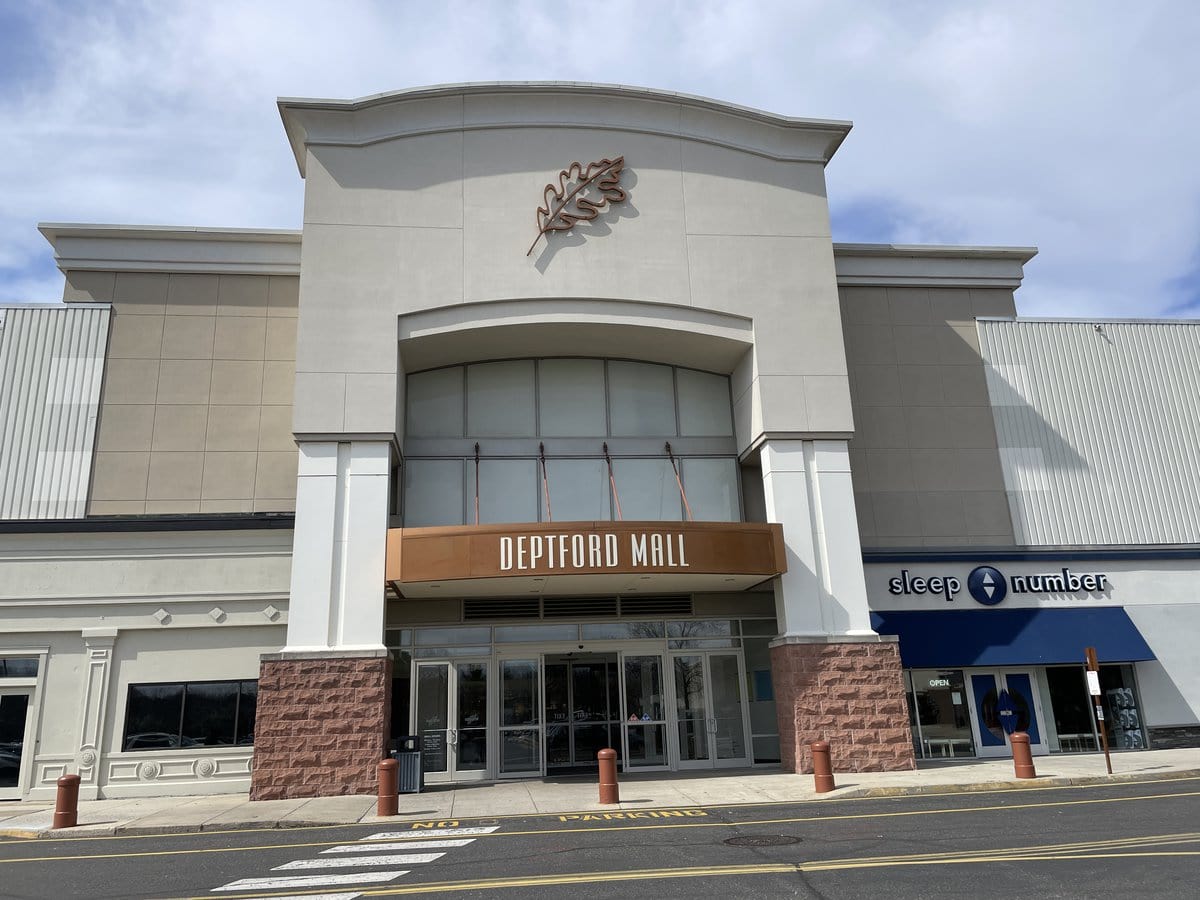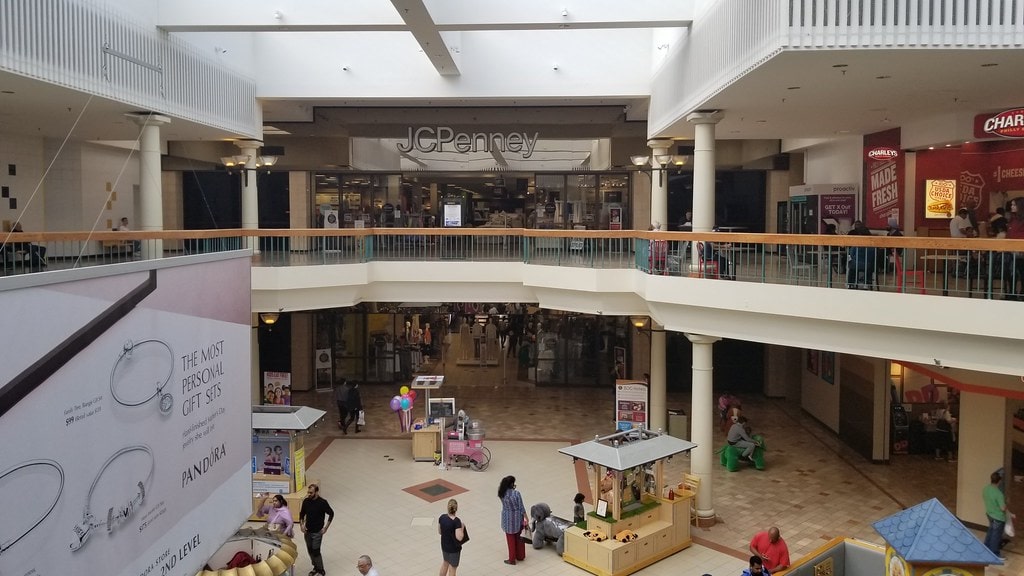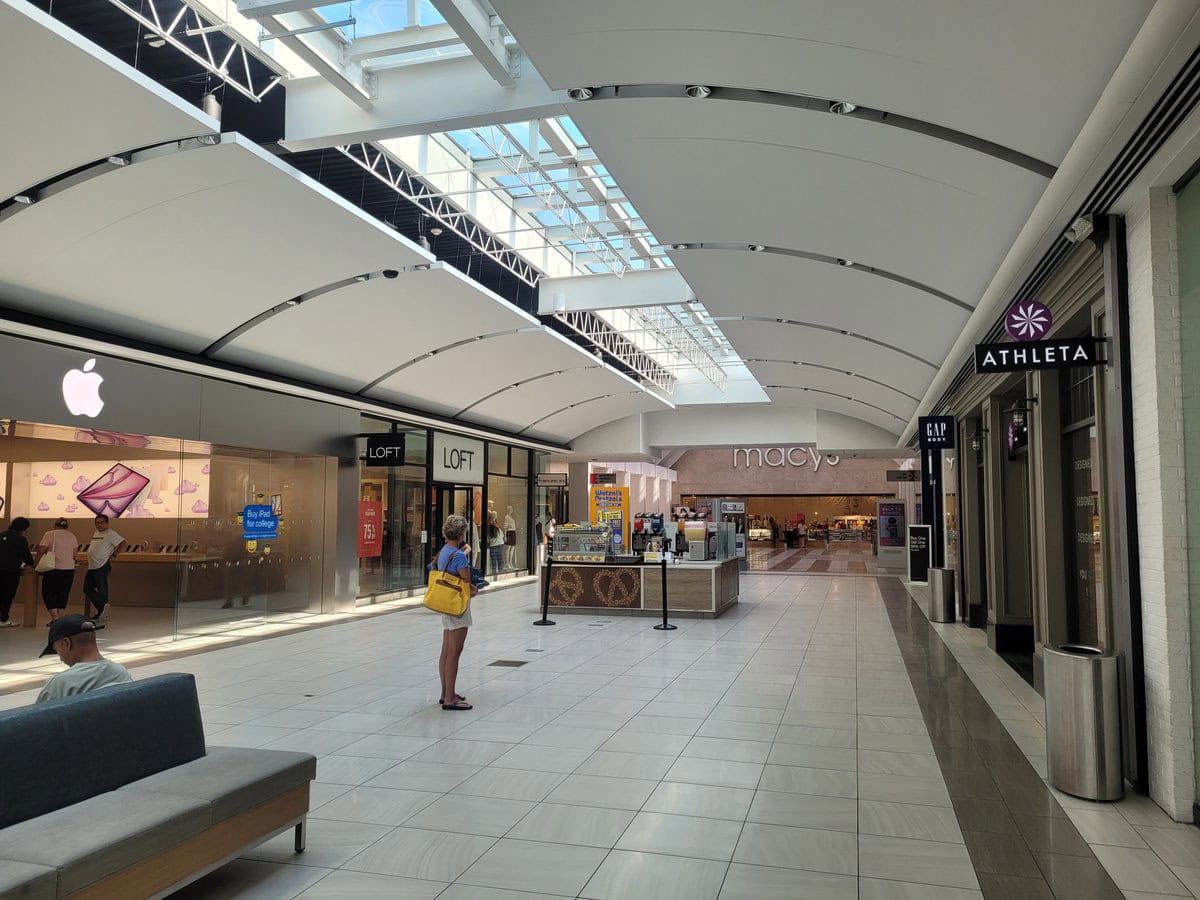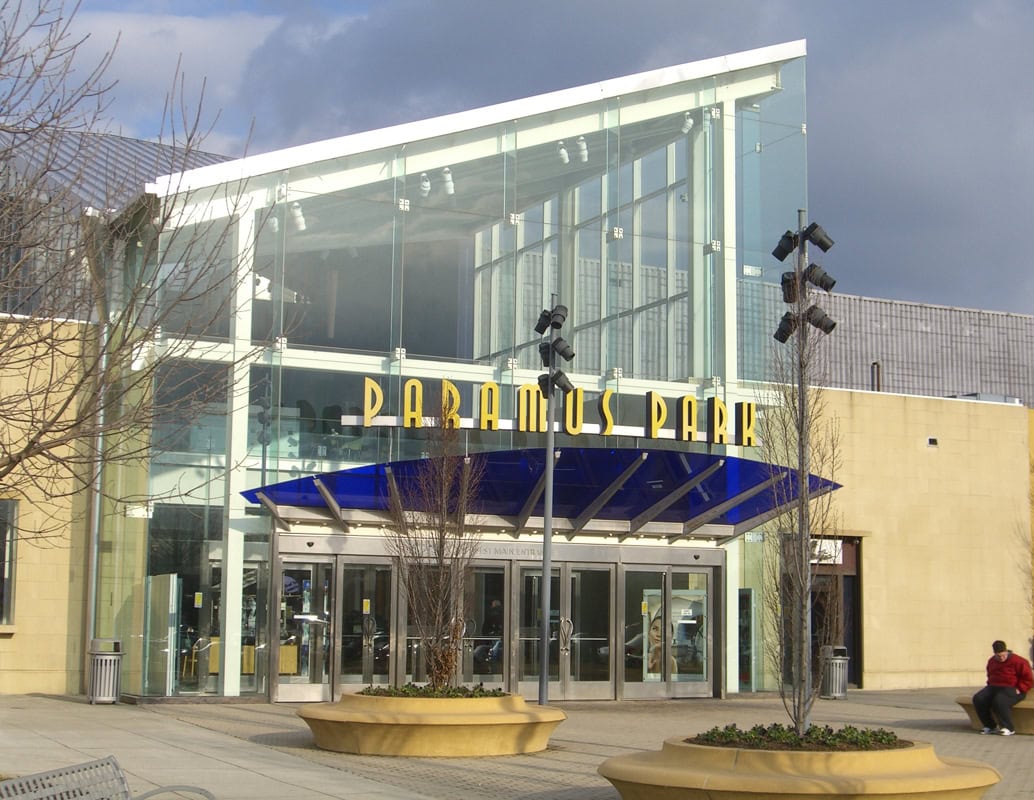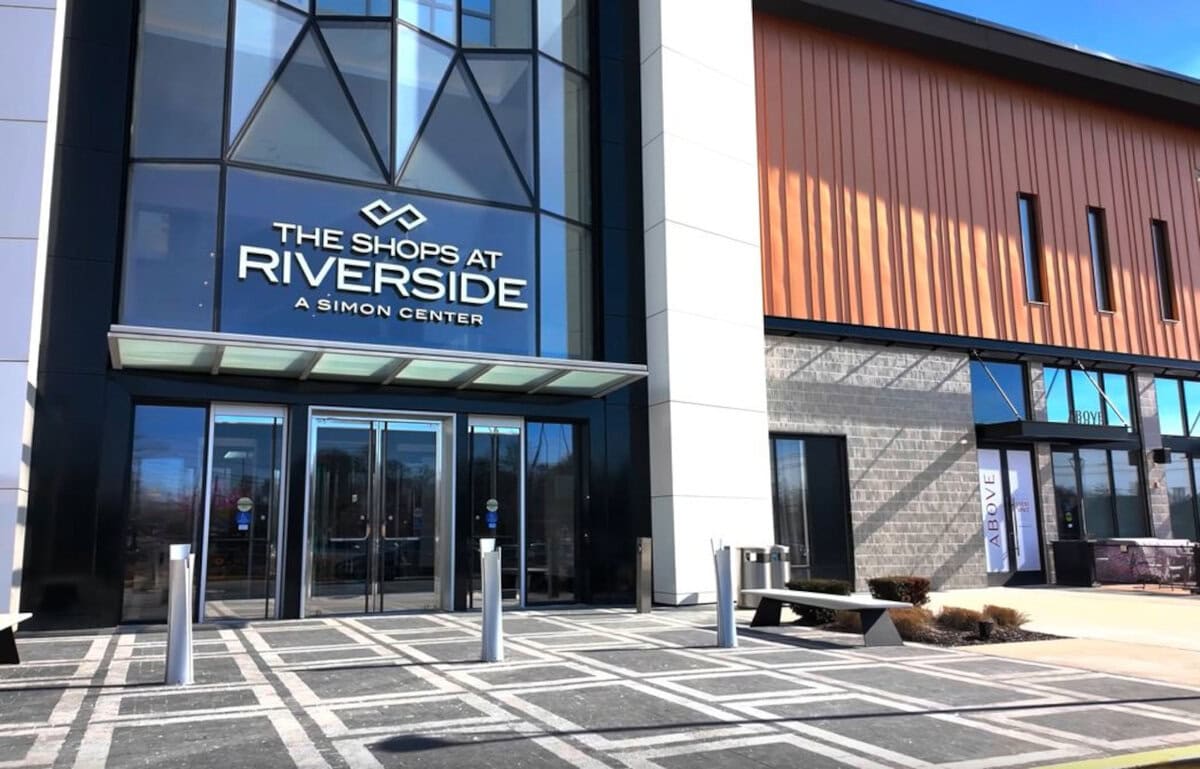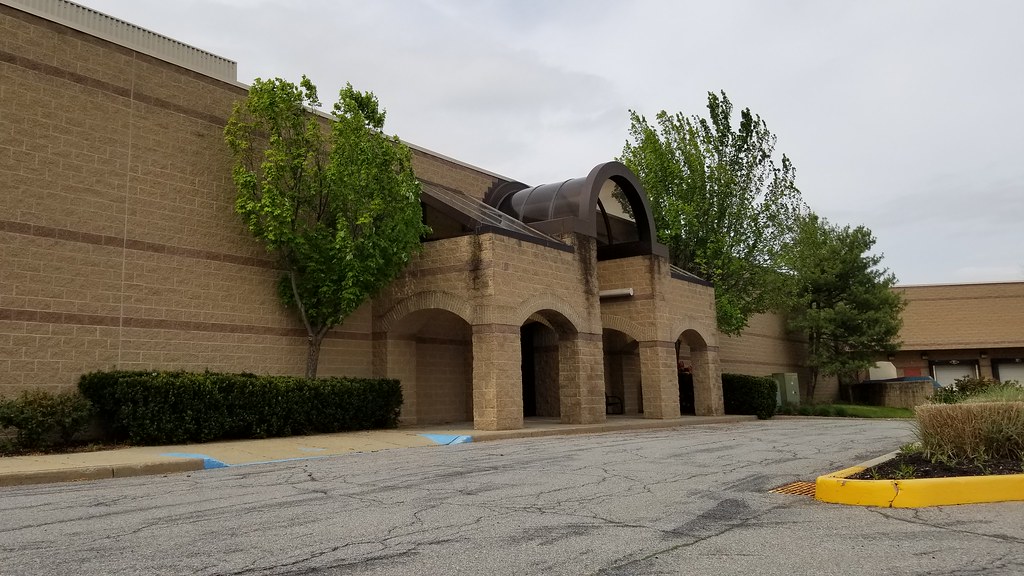Retail Boom and the Birth of Quaker Bridge Mall
In 1975, Quaker Bridge Mall opened its doors in Lawrence Township, New Jersey, a new player in the growing world of suburban shopping centers.
Developed by The Kravco Co., the two-level mall was built along U.S. Route 1, a highway that had been seeing a rise in commercial activity.
Its location, near what is now Interstate 295, made it easily accessible to shoppers from Mercer County and beyond.
At its launch, the mall featured four anchor stores - JCPenney, Hahne's, Bamberger's, and Sears - each drawing in customers with department store staples and new trends of the time.
The 1970s saw a surge in enclosed shopping malls across the country, and Quaker Bridge Mall was part of that movement.
The mall's debut came at a time when suburban retail centers were becoming the heart of community life, pulling traffic away from traditional downtown shopping districts.
The presence of established department stores like Bamberger's and Hahne's made it an instant draw, while JCPenney and Sears catered to families looking for everything from clothing to home goods.
Growth along the Route 1 corridor accelerated with the mall's opening.
The influx of shoppers led to the development of additional retail spaces nearby, including strip malls and standalone stores, further solidifying the area as a retail hub.
Infrastructure changes followed to handle the increasing traffic, with road improvements and reworked intersections helping to accommodate the steady stream of visitors.
By the late 1970s, businesses around Quaker Bridge Mall were thriving, and the area was well on its way to becoming one of the busiest commercial zones in central New Jersey.
For those exploring things to do near Trenton, New Jersey, the mall quickly became a go-to spot.
Its stores, layout, and convenient location made it a destination for shopping trips, weekend outings, and seasonal promotions.
Anchor Store Changes and Market Shifts
Quaker Bridge Mall has seen its fair share of changes over the years. Some of its earliest shifts began in the mid-1980s when anchor stores transitioned to align with broader retail trends.
In 1986, Bamberger's, a name once well-known in the region, rebranded as Macy's.
This change wasn't unique to Quaker Bridge - Macy's had been gradually absorbing Bamberger's locations across New Jersey as part of its expansion strategy.
The store continued operating in the same space but with a refreshed brand identity that better reflected the national retailer's image.
More changes came in 1990 when Hahne's closed its doors. The high-end department store had struggled with declining sales, and its departure left a vacancy at the mall.
Lord & Taylor took over the space, bringing a new mix of upscale fashion and accessories.
This shift reinforced Quaker Bridge Mall's appeal to shoppers looking for premium brands.
While anchor stores held their ground, other parts of the mall saw turnover. By the late 1990s, both Woolworth's and the AMC four-screen cinema had shut down.
The closure of Woolworth's marked the end of an era as the retailer had once been a staple of American shopping malls.
The loss of the movie theater also reflected a changing entertainment landscape - standalone multiplexes were becoming more popular, drawing moviegoers away from smaller mall-based cinemas.
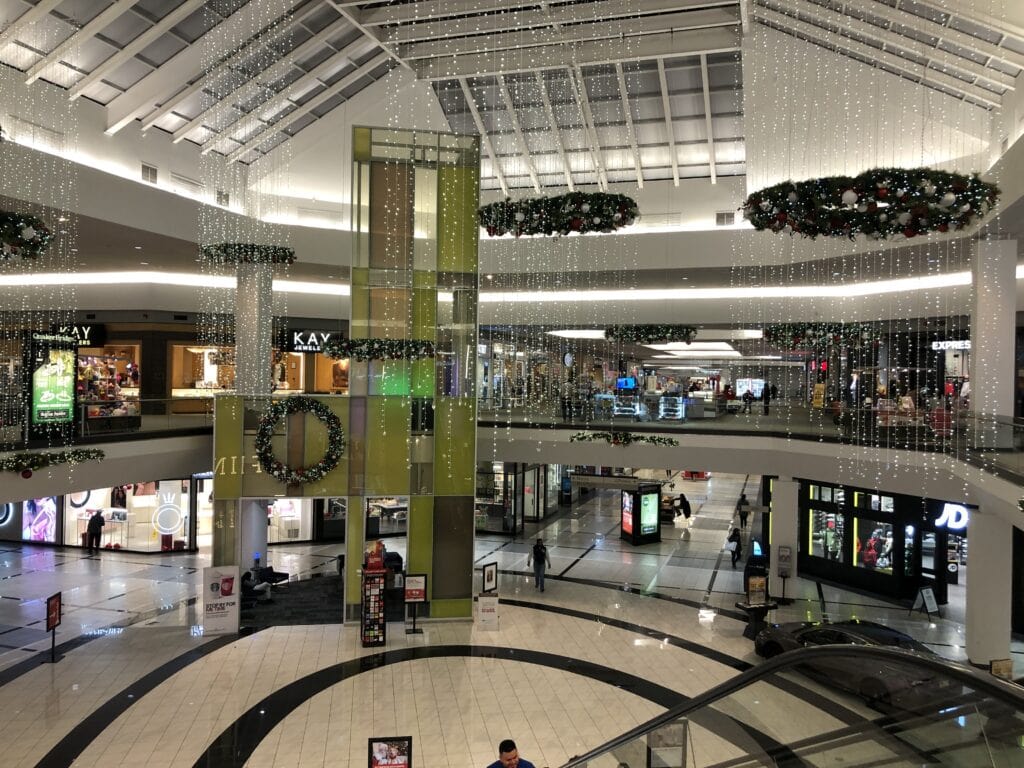
Renovations, Expansions, and Retail Trends
By the late 1980s, Quaker Bridge Mall needed updates to maintain its appeal.
A major renovation project took place between 1988 and 1989, introducing new flooring, improved lighting, and redesigned seating areas.
The children's play area in the Sears wing was removed and replaced with a planter and seating section.
Most of the mall's fountains were removed, and entrances facing Route 1 received a fresh design to enhance curb appeal.
These upgrades modernized the space, making it more inviting for shoppers.
During the 2000s, developers proposed an ambitious 600,000-square-foot expansion.
The plan included adding high-end retailers like Neiman Marcus and Nordstrom, along with about 100 new stores and restaurants.
If completed, Nordstrom's two-level store would have spanned 144,000 square feet, making it the retailer's fifth New Jersey location.
Neiman Marcus was expected to take up 90,000 square feet across two levels.
However, the economic downturn and shifting retail trends led to delays, and the full expansion never materialized as originally envisioned.
In October 2010, Lawrence Township approved a large-scale renovation project. The plan called for replacing flooring, upgrading escalators, and adding an elevator near Lord & Taylor.
A new food court was introduced on the upper level, bringing more dining options to the mall.
These improvements were completed by 2012, giving Quaker Bridge Mall a refreshed look and an updated shopping experience.
Specialty Retailers, Dining, and Attractions
Beyond its anchor stores, Quaker Bridge Mall has housed a variety of specialty retailers over the years.
These stores have catered to changing consumer preferences, offering everything from luxury fashion to everyday essentials.
Apple opened a store in the mall, drawing tech enthusiasts with its latest products.
Coach, Michael Kors and Ann Taylor brought high-end accessories and apparel, while White House Black Market added more options for women's fashion.
Sephora and Bath & Body Works remained strong choices for beauty and personal care, attracting regular customers.
Dining has played an increasingly important role in the mall's appeal. The Cheesecake Factory became one of its most popular restaurants, offering an extensive menu in a sit-down setting.
The food court, which was added during the 2010 renovations, introduced a mix of quick-service options.
In recent years, new dining spots like Kung Fu Tea, Taco Fiesta, Ruby Thai Kitchen, Sarku Japan, and Ramen Nagomi have expanded the choices available to shoppers.
These additions reflect a shift in mall culture - many visitors now come for dining and entertainment just as much as shopping.
Challenges and Changing Retail Trends
Like many malls across the country, Quaker Bridge Mall has faced changes in the retail industry.
The rise of e-commerce, shifts in shopping habits, and store closures have reshaped its landscape.
One of the most notable losses occurred in 2018 when Sears announced it would close its mall location as part of a larger nationwide restructuring.
Two years later, in 2020, Lord & Taylor also shut down as the company liquidated all of its stores.
These departures left the mall without two of its long-standing anchor tenants.
Beyond anchor store closures, some smaller retailers have also left. Brands like GameStop and Torrid, once staples on the upper level, closed their doors in recent years.
While some vacancies have been filled with new stores, others remain empty.
The mall's ability to attract new tenants has been tested as more retailers shift toward online sales and away from traditional brick-and-mortar locations.
Despite these challenges, Quaker Bridge Mall has continued to adjust.
Simon Property Group's ownership and management have helped maintain its operations, and new retailers have moved in to replace some of the lost tenants.
The mix of stores, dining options, and accessibility still make it a shopping destination, but the mall's future will depend on how well it adapts to the evolving retail landscape.

